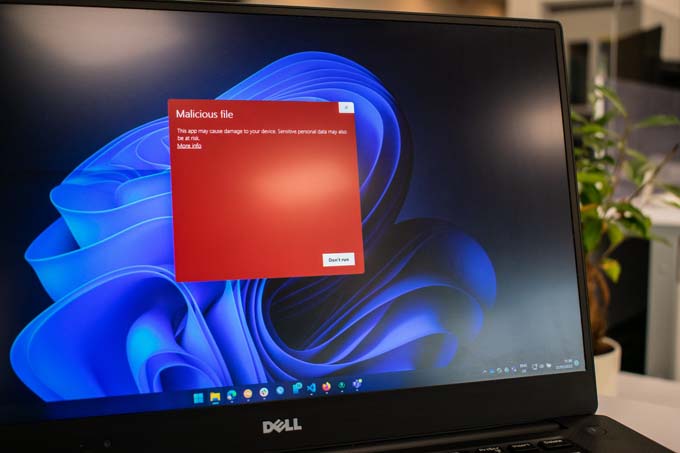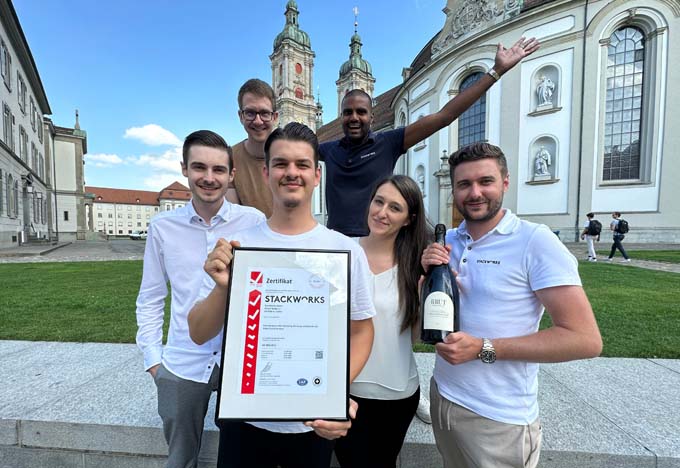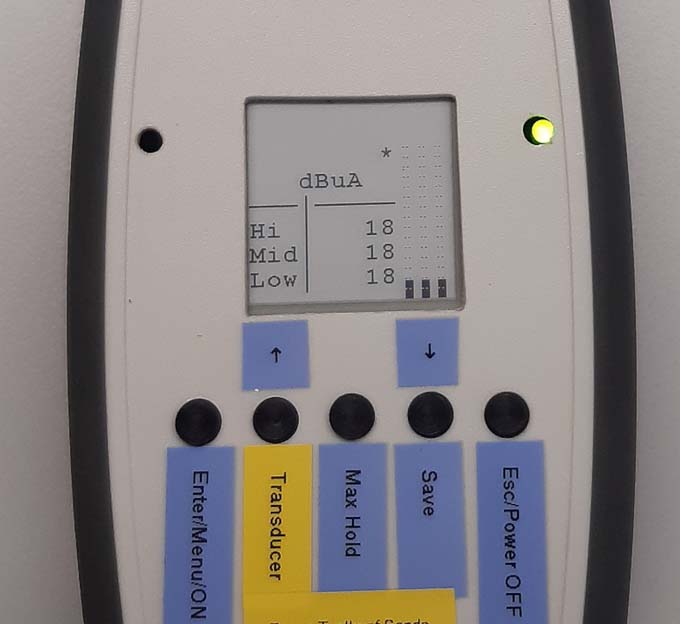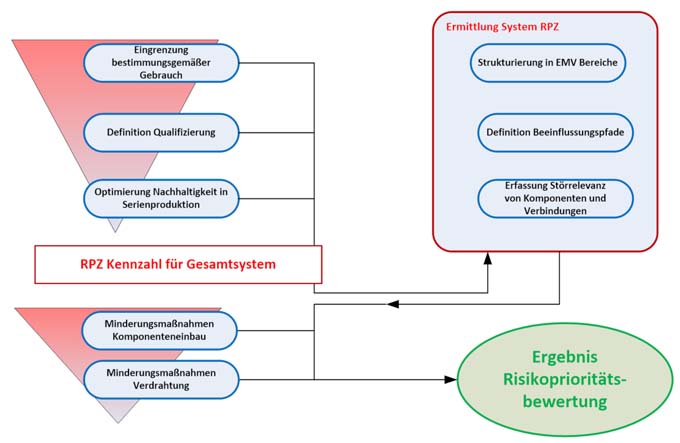Digitized industries not always more resilient than non-digitized ones
There is a widespread assumption that digitization can help companies and industries overcome crises. But to what extent did highly digitized sectors prove more resilient in the Covid 19 crisis? A team from the Research Institute for Sustainability (RIFS) in Potsdam addressed this question using socioeconomic parameters before and after the Corona crisis. The study yielded surprising results.

The global spread of the SARS-CoV-2 virus in 2020 led to a 3.5 percent decline in global economic output compared with the previous year. In the wake of varying resilience of sectors, there has been increased discussion of the opportunities of digitalization for the economy, for example through home office and automation, and calls for more digitalization. However, according to the team of authors of the new study at RIFS in Potsdam, this raises the question of whether the degree of digitization can actually be linked to the economic performance of economic sectors during the crisis. This is because there is little evidence of a correlation between the socioeconomic performance of sectors and their degree of digitization, they say. Although the study refers to the situation in Germany, it certainly allows conclusions to be drawn about the Swiss economy, which had to contend with similar conditions during the pandemic.
Government support may have increased resilience
The researchers used stock market performance, gross value added (GVA) and employment data to analyze resilience and compare it to the degree of digitization of economic sectors in Germany in the pandemic year 2020. Their question: What differences can be identified in socioeconomic resilience between more and less digitized economic sectors in the Covid 19 crisis in Germany?
The study results cannot confirm that highly digitized sectors were consistently more resilient than less digitized sectors during the Covid 19 crisis, according to the RIFS team. Sectors with high and medium digital intensity did show better stock market performance than those with low and medium digital intensity. However, the high fluctuation and uncertainty in the stock market was detrimental to the resilience of the economy, they said. Industries with low digital intensity, on the other hand, performed better in terms of gross value added and employment than those with high and medium digital intensity, with the exception of the information and communications sector. Specifically, the data showed that low- and medium-digital-intensity industries - such as public administration, education, defense, health, social work, and construction - were the only ones that saw employment increase during the pandemic, with the exception of the information and communications sector.
"The observations ultimately led to the thesis that digitization may not be a panacea for achieving social and economic resilience in the economy in times of crisis," says first author Stefanie Kunkel. A positive correlation of digitization with stock market values is relevant for investors, she adds. However, it was precisely 'people-oriented', public sectors such as health and education - with lower levels of digitization - that seemed to contribute more stably to value creation and employment during the crisis. However, the authors around Kunkel pointed out in the study that it was not an analysis of causal relationships. One of their conclusions: Government support plays a significant role in the resilience of sectors in the crisis - some studies go further and conclude that government support is possibly the main reason for resilience in the crisis.
Recommendations for the economy
A policy that focuses only on promoting digitization in order to mitigate future crises could prove misguided. Digitization not only leads to changing occupational profiles, potentially favoring better qualified workers and leading to greater wage inequality, but also poses ecological risks such as increased energy and resource consumption. Instead, resilience policies and financial support programs in times of crisis should focus on strengthening social and environmental resilience by targeting sectors that promote stability and support a broader socio-ecological transformation in line with international sustainability goals, such as the United Nations Sustainable Development Goals.
Recommendations for companies
For companies, the team recommends that managers create work environments in which remote and on-site tasks are evenly distributed among employees to avoid widening the digital divide among the workforce in times of crisis. In terms of environmental goals, digital technologies should be used to measure environmental parameters, reduce energy and material consumption along the supply chain, and identify greener business models, for example in the context of the circular economy. In this way, employees in future crises could benefit more evenly from digitization, improve their digital skills, and reconcile social, economic, and ecological goals.
With this analysis, the question for future crises could already be asked today: What factors enable the digitization of industries to support the achievement of goals such as well-being and environmental protection? Now and in the future, a change toward higher ecological standards should ultimately be initiated, because the past crisis alone did not lead to this.
Source: RIFS





















